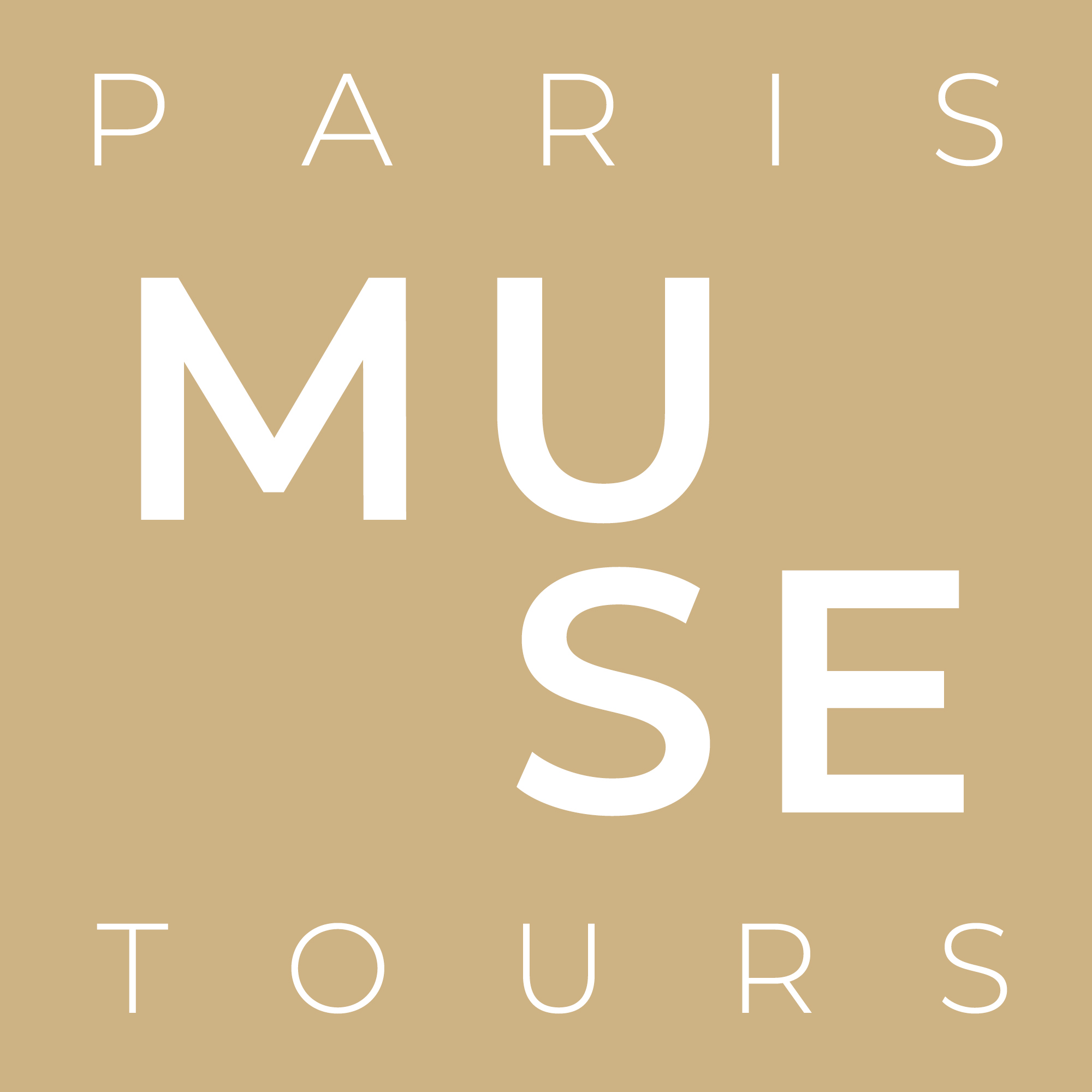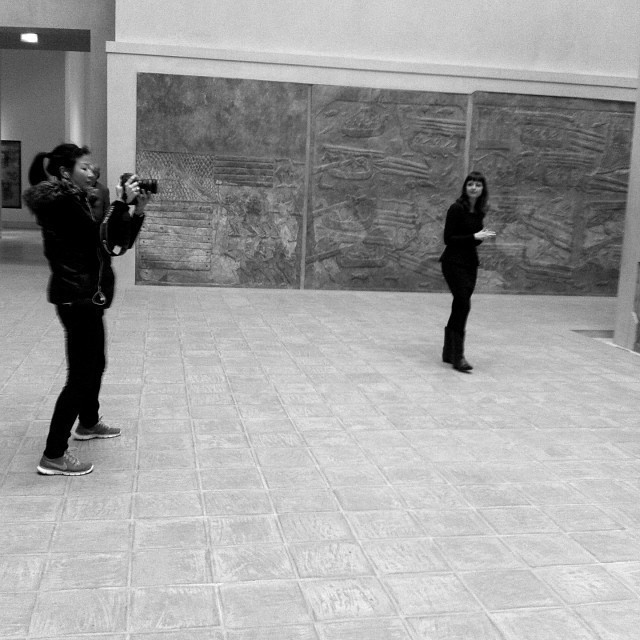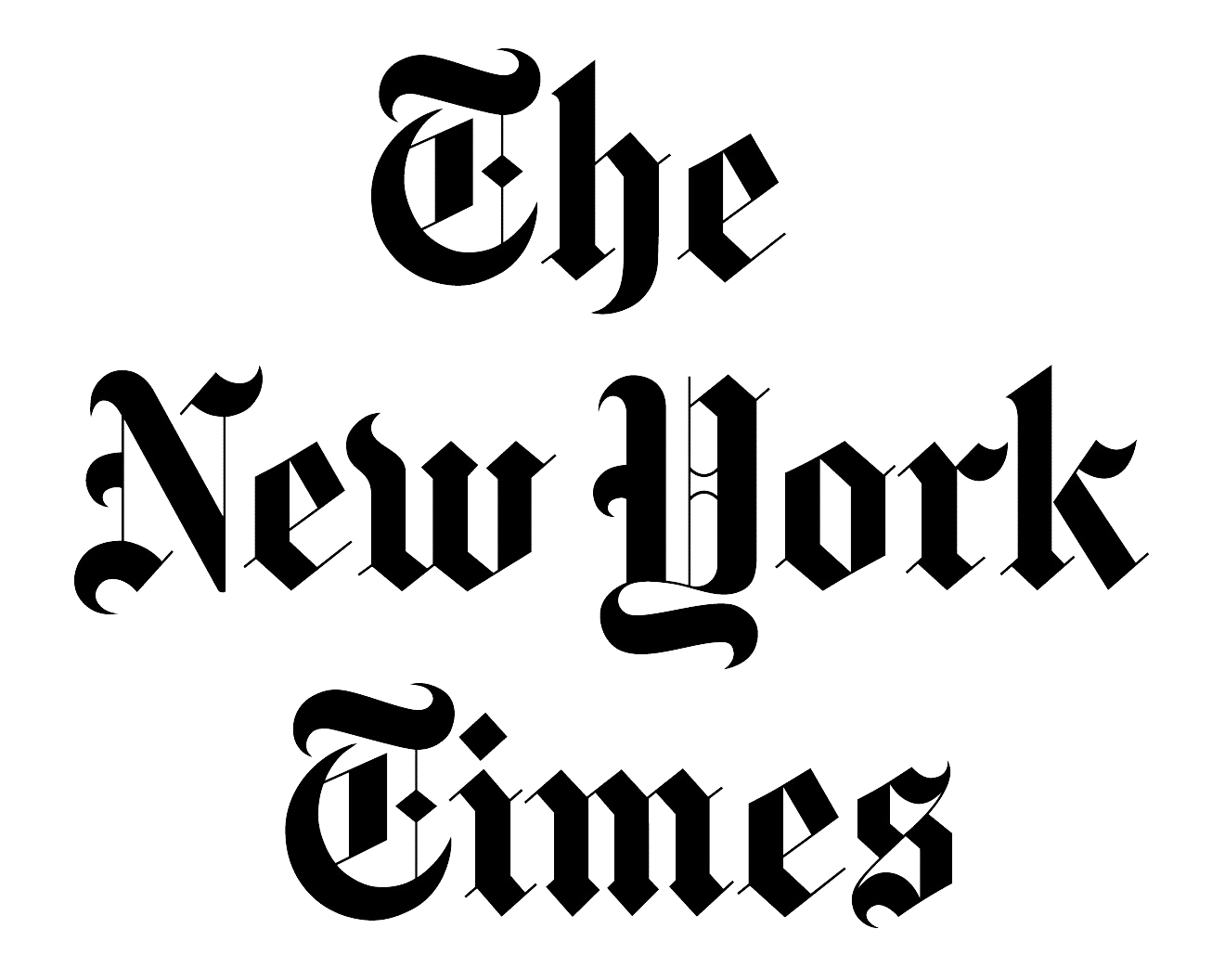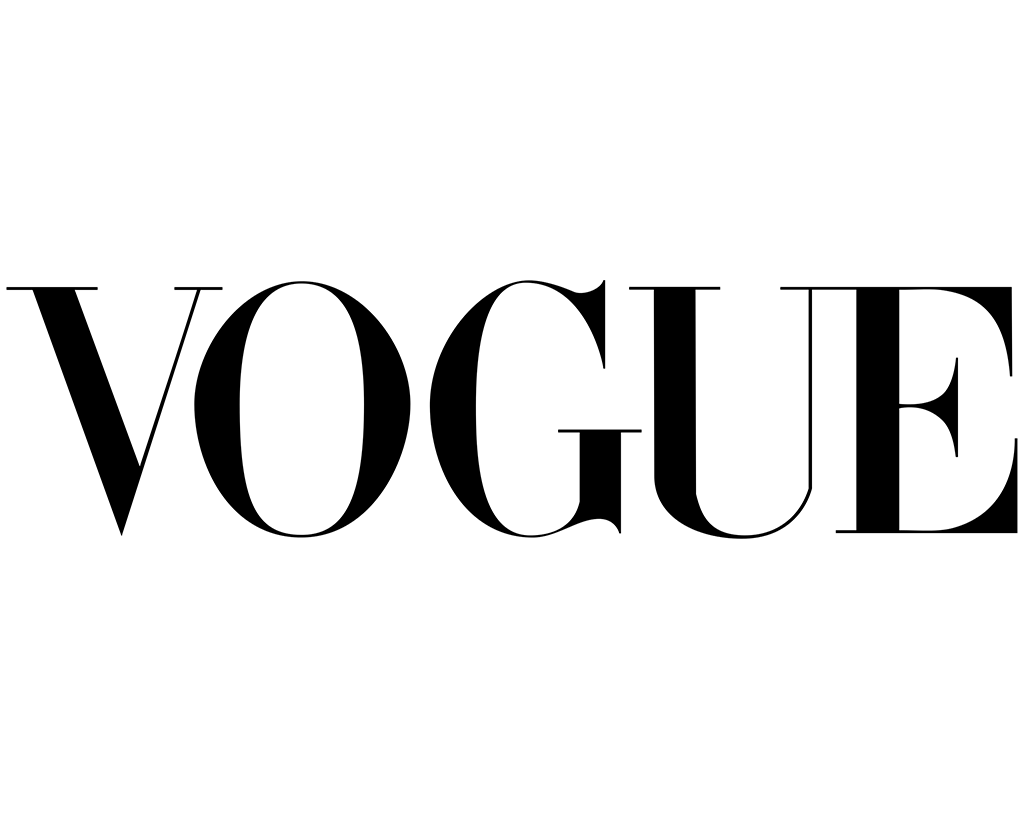In this series, Talking With Muses, we explore the passions and professional projects of the Paris Muse team. Find out what our educators are up to when they’re not leading tours, how it enhances their museum teaching and enriches their lives.
In addition to her work as an independent filmmaker, Jane Han has been an educator for Paris Muse, leading tours at the Louvre and Orsay since July 2013. When we decided to include films for our new site, approaching Jane to make them was an easy decision. Who else could be more qualified to capture the Paris Muse experience than one of our own guides?
Paris Muse: You just filmed some really great short films for Paris Muse. Can you tell us a little bit about those projects?
Jane Han: The intention was to give an up-close-and-personal taste of a Paris Muse tour. One of the best ways to do that is video — it captures the intimacy of the experience but also the docent’s personality, which in the end makes all the difference.
Videos also show you works up-close. Sometimes the sense of scale, color or shape is lost in a book or still. In Emma Durrant’s Khorsabad video, for instance, we filmed her against the colossal size of these giant statues, which gives the viewer a real sense of their grandeur.
Watch Jane’s film “Ancient Assyria at the Louvre with Emma Durrant” here:
PM: Each of the films is very different, but they convey a consistent message about Paris Muse. Did you have an overall vision for recreating the experience of being on a Paris Muse tour when you shot them?
JH: We kept the focus on the docents and how they bring a piece of work to life.
Paris Muse tours are rooted in detail (as opposed to abstract theories), so I used a lot of close-ups and panning. It takes a talented docent to highlight the essential and guide your eye to a particular line or way of seeing.
One of the great things about Laura Osorio’s video is that you see how the different parts of an image come together to form a meaningful whole. It’s rewarding to reproduce that “live.”
PM: Tell us a bit about the other kinds of filmmaking you do.
JH: Outside of the videos for Paris Muse, I make films for art, fashion and design clients. My company is called VERTIGE FILMS — inspired by the curious mix of art, design and fashion in Hitchcock’s “Vertigo.”
I’ve directed films for fashion designers, architecture firms, and Paris Fashion Week. I was also fortunate enough to work with Academy Award-nominated Director Deepa Mehta and Booker Prize Winner Salman Rushdie in the “Behind the Scenes Featurette” for the film adaptation of “Midnight’s Children.” Fashion, art and design are all related fields; I would say much more related than each is willing to admit!
Ultimately, what drives me is making beautiful, harmonious and meaningful forms. I think art has the power to bring a sense of well-being, peace and harmony that is very satisfying on a deep, existential level.
PM: Is there an overlap in your professional activities of being a filmmaker and being a docent for Paris Muse? Does doing one help you do the other?
JH: I think a lot about how painting and sculpture has changed throughout history and how the relatively young medium of film fits in. The language of film is still being shaped, and it borrows heavily from the visual traditions which came before it. Some say Picasso’s cubism is influenced by the cinema, for instance. When you look at Degas’ paintings in the Orsay, you can see how much he’s influenced by photography (a close cousin of film). When I look at his “Dancers Climbing the Stairs” from the Orsay it looks deeply cinematic to me.
I’m not sure how this effects my eye as I don’t try to apply it in any direct or contrived way. But I know all of these images are in my subconscious so they are always influencing how I create a mood or frame a shot. Painters and sculptors say their inspiration comes from everywhere and nowhere, and I understand that when I turn the camera on.
Matisse once said that “Creativity takes courage” and I see that every time I go to the Louvre and the Orsay. It’s very inspiring. It’s also not lost on me that I get to mingle with the world’s foremost masterpieces every day — I’m very grateful that I can call this “work”!






